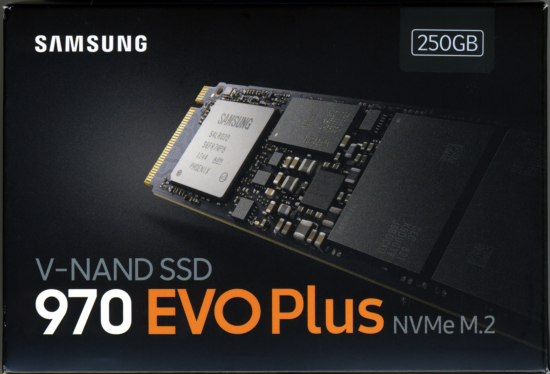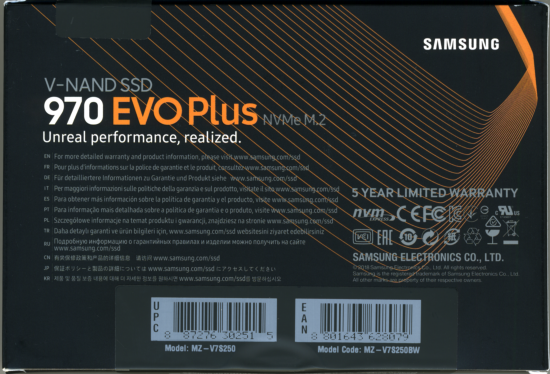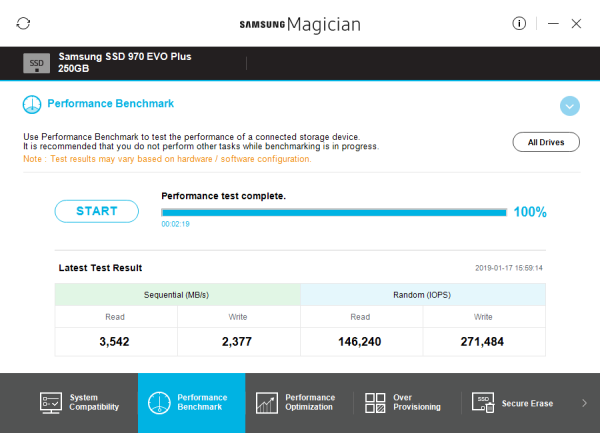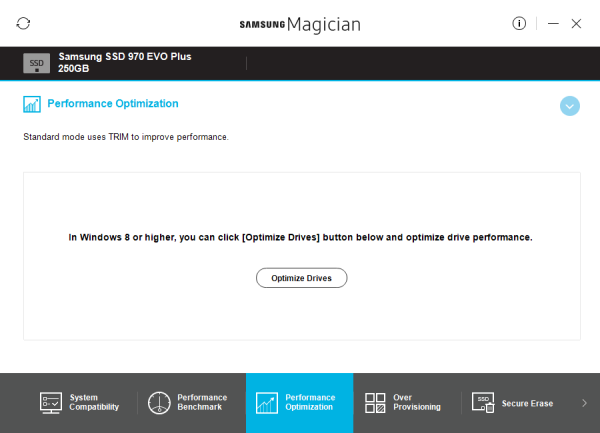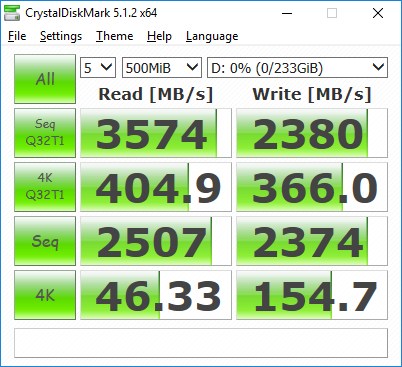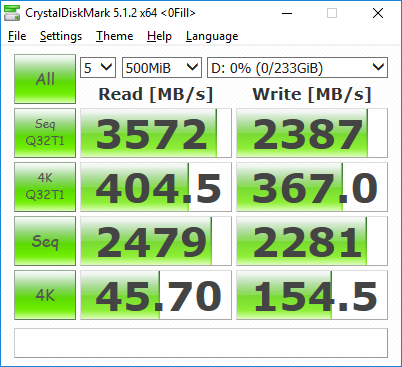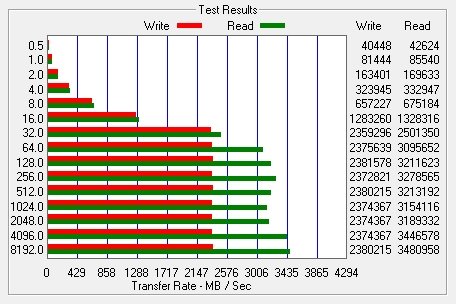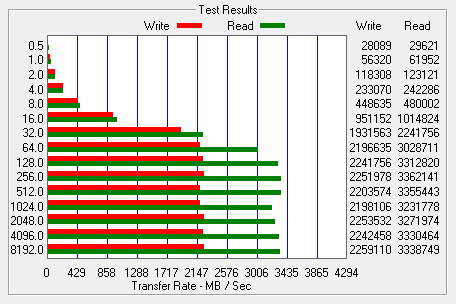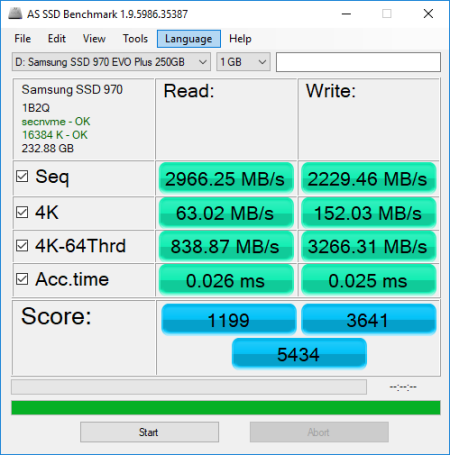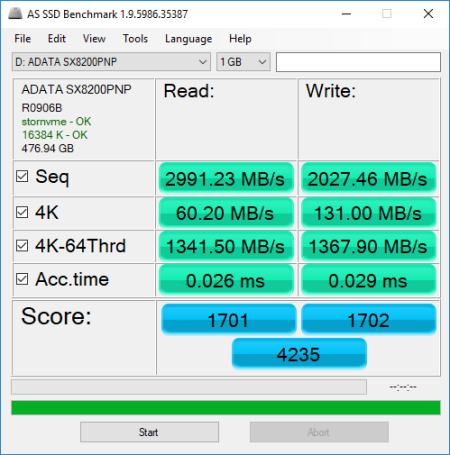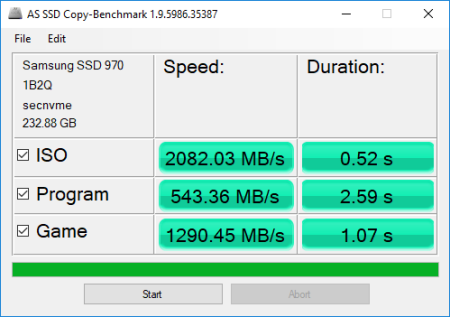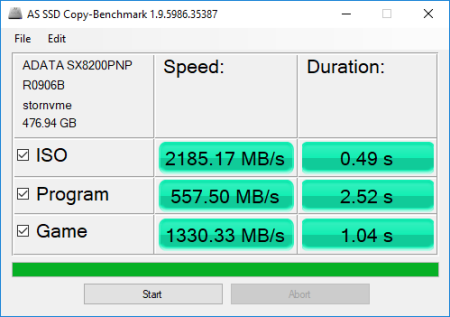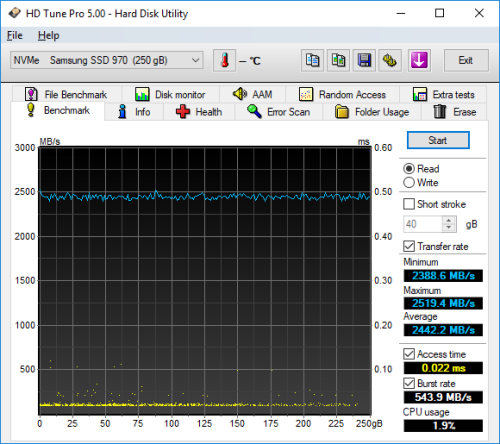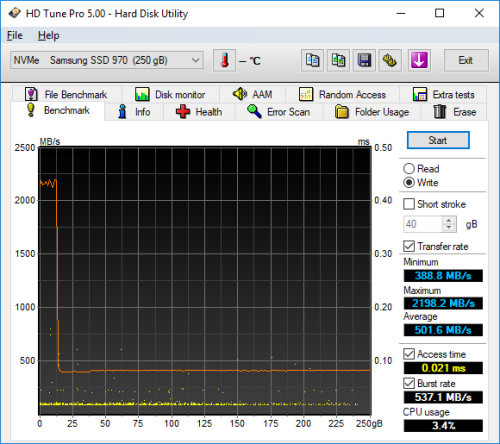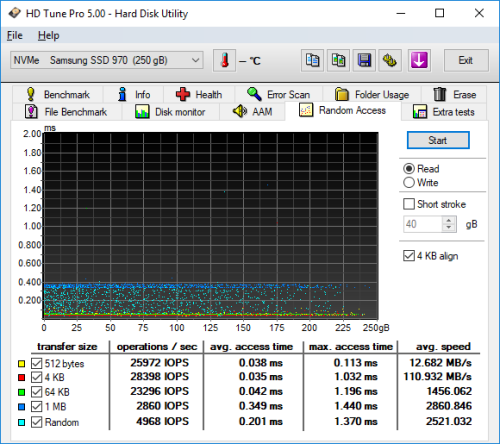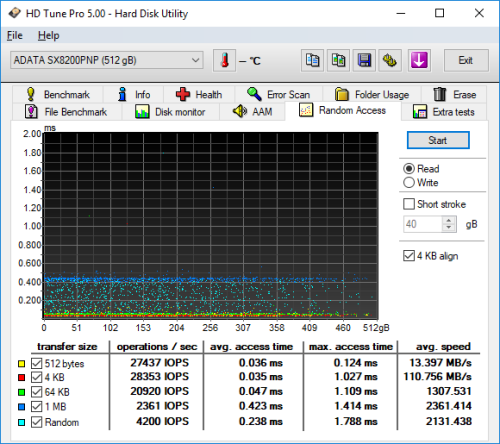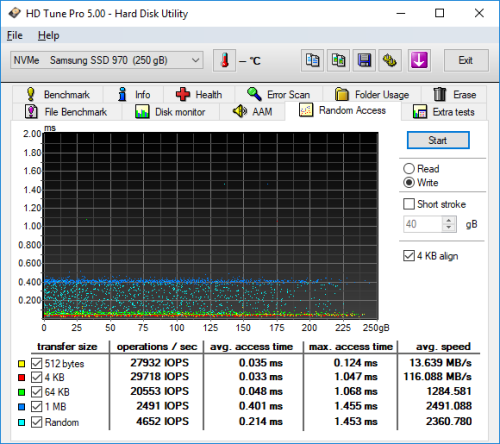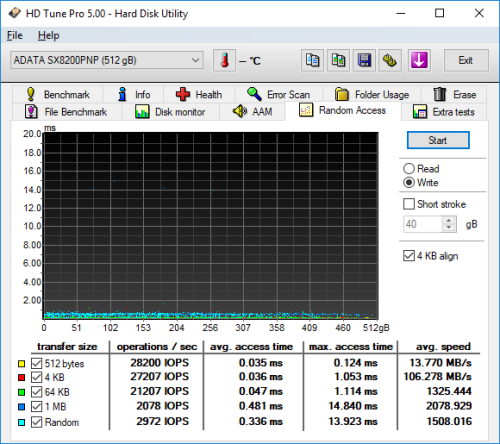
![]()
Model: Samsung 970 EVO Plus 250GB M.2 NVMe PCIe Solid State Drive
Manufacturer: Samsung Electronics
Provided By: Samsung America
Samsung Electronics has been a leader in the electronics industry for more than 30 years. Since the introduction of their first television in 1970, this Korean company has grown to become one of the world's leading electronics manufacturers, offering everything from tiny semiconductors to large home appliances. Samsung is no stranger to the storage industry either. Along with an assortment of DVD and Blu-ray Disc drives, the company offers both hard drive and flash based storage solutions for the portable and desktop computer markets.
Samsung recently launched its newest consumer NVMe SSD, the 970 EVO Plus. Specially designed for tech enthusiasts, hardcore gamers, and professionals who need unrivaled performance, this M.2 form factor drive is powered by Samsung's proven Phoenix controller and is equipped with a PCIe Gen3 x4 NVMe 1.3 interface. The 970 EVO Plus also integrates Samsung's fifth generation V-NAND technology with a sophisticatedly tuned firmware to achieve significant performance improvements as well as increased power efficiency over its predecessor, the 970 EVO. Last, but not least, the drive offers a long list of features including Samsung's Intelligent TurboWrite technology, AES 256-bit hardware-based encryption and support for the company's Magician software.
The 970 EVO Plus is available in 250GB, 500GB, 1TB and 2TB capacities. For this review, Samsung sent us the 250GB version of the drive, which is capable of delivering up to 3,500 MB/s sequential read and 2,300 MB/s sequential write speeds as well as up to 250,000 random read and 550,000 random write IOPS.
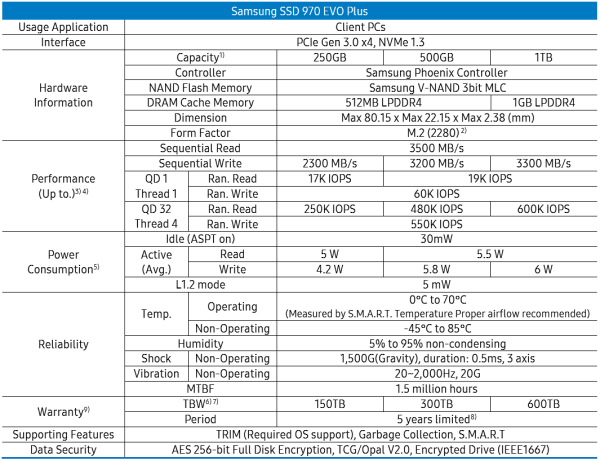
Needless to say, this is only a taste of what the 970 EVO Plus has to offer. To give you an idea of what to expect, we'll take a closer look at Samsung's new NVMe SSD and then see how well it performs. Does the 970 EVO Plus have what it takes? Can it deliver the performance and features that we've come to expect from Samsung? Keep reading as we find out.
The 970 EVO Plus comes in a small black box. While there aren't a lot of details on the front, the back of the box advertises some of the drive's key features including its V-NAND technology, NVMe interface and 5 year warranty. Inside, you'll find the SSD as well as a small installation guide and warranty statement.

Physical Features:
The 970 EVO Plus uses the 2280 form factor for M.2 (NGFF) SSDs. It measures 80.15 x 22.15 x 2.38 mm and tips the scales at a mere 8.0g. The drive also has an "M key" edge connector which provides PCIe SSDs with up to 4x lanes of bandwidth.
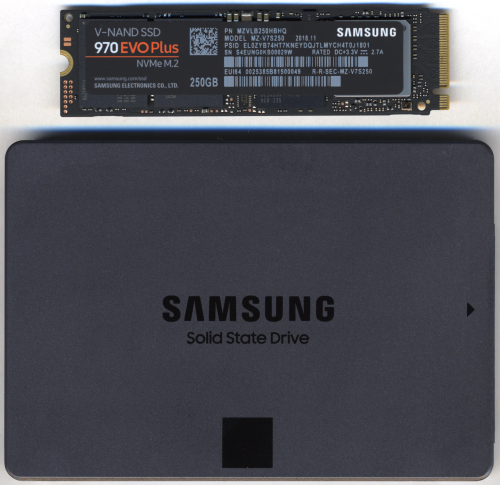
Like the 970 PRO and 970 EVO, the 970 EVO Plus uses Samsung's Phoenix controller. The controller's technical specs are confidential so we still don't know a lot about it. However, Samsung has said that in addition to it supporting the latest NVMe 1.3 specification, the Phoenix controller has a nickel coating that dissipates heat. Like the older Polaris controller, one core is also dedicated to processing data sent between the host system and the controller. However, with the Phoenix, it runs at a higher clock speed for faster data transfer rates.


For the 250GB version of the 970 EVO Plus, Samsung has used their own 9x-layer, 3-bit MLC V-NAND flash chips. Looking at the pictures above, you can see that there are two 128GB NAND flash packages on the top of the PCB. The drive also has a single 512MB LPDDR4 DRAM memory chip that is used for caching.
The Samsung Magician software is designed to help users easily manage the health and performance of their Samsung SSD. From the main screen, users can check the condition of their drives and view information like the firmware, total capacity and the total bytes written. With the 970 EVO Plus, the screen also shows which NVMe driver the drive is using as well as the speed of the PCIe slot it's plugged into.

Using Magician, users can check to see if there are any compatibility issues between their Samsung SSD and system. The software also provides information about a user's system including the OS, CPU, amount of memory and the model and BIOS version of the motherboard.

Samsung's Magician software can also be used to benchmark the performance of a storage device. Looking at the screenshot below, you can see that it tests the sequential and random read and write performance of a drive.
Magician also gives users the ability to improve the performance of their drive by forcing TRIM to run. In addition, users can optimize the performance and lifespan of their SSD by setting aside extra free space.

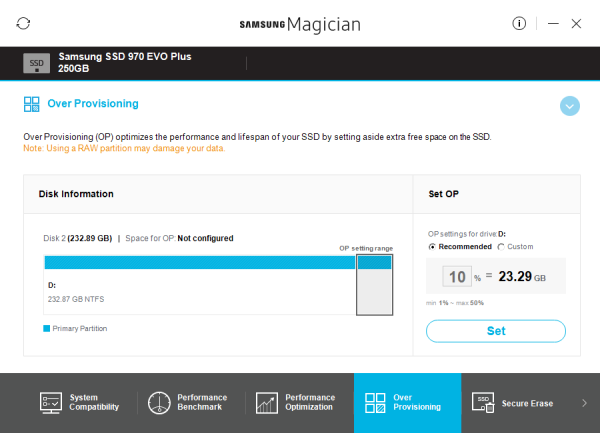
The Secure Erase feature provides the option to delete all data on an SSD in a way that it can never be recovered, restoring the drive to its original performance. Magician gives you the option to do this from within Windows. Otherwise, if your SSD is in a frozen state, you can create a bootable USB drive.

Last, but not least, you have the Data Security feature. From here, users can check to see which security settings have been enabled and read about these features.

The test system used in this review is equipped with an Intel Core i7-6700K CPU, GIGABYTE GA-Z170X-UD3 motherboard, 32GB (16GB x 2) of Crucial Ballistix Sport LT DDR4 memory, Samsung 960 PRO 512GB SSD and a GIGABYTE GeForce GTX 1060 WINDFORCE OC 6G graphics card. For the operating system, I installed a fresh copy of Windows 10 Enterprise.
To test the performance of Samsung's 970 EVO Plus SSD, I ran a series of benchmarks using CrystalDiskMark, HD Tach RW, ATTO Disk Benchmark, AS SSD, HD Tune Pro, Anvil's Storage Utilities, Iometer and PCMark 8. For comparison, I've also included test results from the ADATA XPG SX8200 Pro, Crucial P1, ADATA XPG SX8200, Western Digital WD Black NVMe, Samsung 970 EVO, Samsung 970 PRO, Plextor M9Pe, Plextor M8Se, Patriot Hellfire, ADATA XPG SX8000, Samsung 960 PRO, Toshiba OCZ RD400, Samsung 950 PRO, Samsung 860 QVO, Samsung 860 PRO, Crucial MX500, Plextor M8V, Samsung T5, Crucial BX300, ADATA Ultimate SU900, Plextor S3C, Toshiba OCZ VX500, ADATA Ultimate SU800, Plextor S2C and Crucial MX300.
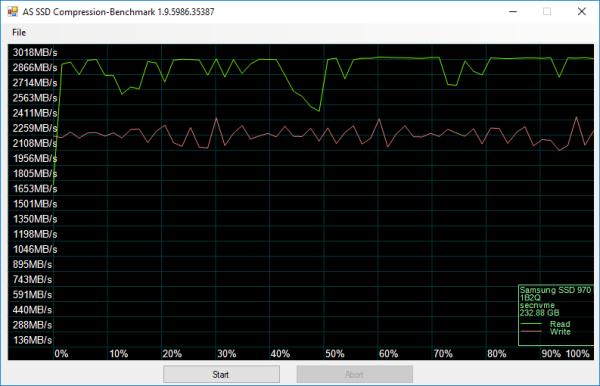
As I mentioned earlier, the 970 EVO Plus uses Samsung's Phoenix controller chip. Looking at the screenshot above, you can see that it performs equally well with both incompressible (0%) and compressible (100%) data.
CrystalDiskMark 5.1.2:
First, I ran a few quick tests using CrystalDiskMark. This benchmark tool measures the performance of a storage device by testing its sequential read and write speeds as well as its random read and write speeds using blocks 512K and 4K in size.
According to Samsung, the 250GB version of the 970 EVO Plus is capable of reading at 3,500 MB/s and writing at 2,300 MB/s. Looking at the screenshot above, you can see that the drive had no problems reaching these speeds in CrystalDiskMark's sequential read and write tests.
The 970 EVO Plus performed equally well when using highly compressible 0x00 (0 Fill) data. This time around, the drive was able to read at 3,572 MB/s and write at 2,387 MB/s.
HD Tach RW 3.0.4.0:
Next, I used HD Tach to test the 970 EVO Plus's read, write and burst speeds as well as its seek times and CPU usage.

Looking at the screenshot above, you can see that the 970 EVO Plus had average read and write speeds of 1,761.1 MB/s and 503.5 MB/s respectively, as well as a burst speed of 741.4 MB/s. The screenshot also shows the transition from TurboWrite to what Samsung calls "After TurboWrite" speeds. The 970 EVO Plus starts writing at about 1,600 MB/s and then drops to about 400 MB/s when the consecutive write operation exceeds the size of the SLC buffer.
ATTO Disk Benchmark 2.46:
I also used ATTO Disk Benchmark to test the 970 EVO Plus's sequential read and write speeds. The tests are run using blocks ranging in size from 0.5KB to 8192KB and the total length set to 256MB.
When tested with ATTO, the 970 EVO Plus's read speeds topped out at about 3,480 MB/s and its write speeds at 2,380 MB/s.
AS SSD:
AS SSD is a relatively new benchmark designed specifically for solid state drives. The application contains five synthetic tests used to determine the sequential and random read and write performance of a drive.
AS SSD also includes a copy benchmark. This test copies an ISO (two large files), program (many small files) and game (small and large files), returning the speed and duration of each.
HD Tune Pro 5.00:
Next, I ran a series of tests using HD Tune Pro. This hard disk utility measures a drive's performance by testing its sequential read and write speeds as well as its access time, burst rate and CPU usage. For this review, I'm also going to use it to benchmark the 970 EVO Plus's random read and write speeds, random access times and the number of operations per second.
The 970 EVO Plus performed relatively well when benchmarked with HD Tune. The drive had average read and write speeds of 2442.2 MB/s and 501.6 MB/s, respectively, and a burst rate of about 543.9 MB/s when reading.
When reading 4KB blocks, the 970 EVO Plus reached 28,398 IOPS and had an average speed of 110.932 MB/s. The drive was even faster when writing, reaching 29,718 IOPS with an average speed of 117.088 MB/s.
Anvil's Storage Utilities:
Anvil's Storage Utilities is another benchmark designed with SSDs in mind. The standard storage benchmark measures a drive's performance by testing its transfer speeds, access times and IOPS.
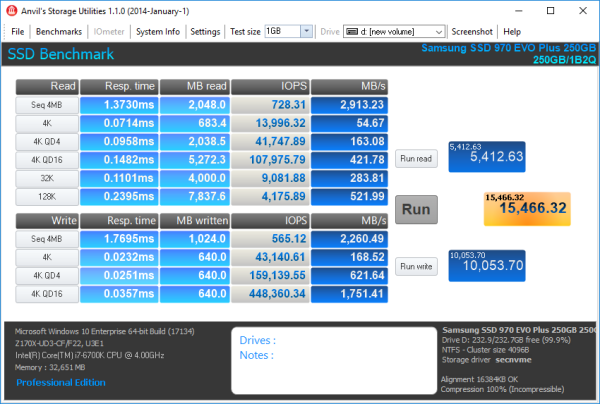
Iometer:
Lastly, I ran a series of tests using Iometer. This tool can be configured to benchmark a number of things. In this case, I used it to measure the 970 EVO Plus's read and write speeds and the number of operations per second. The tests were run using random bytes and a queue depth of 3.
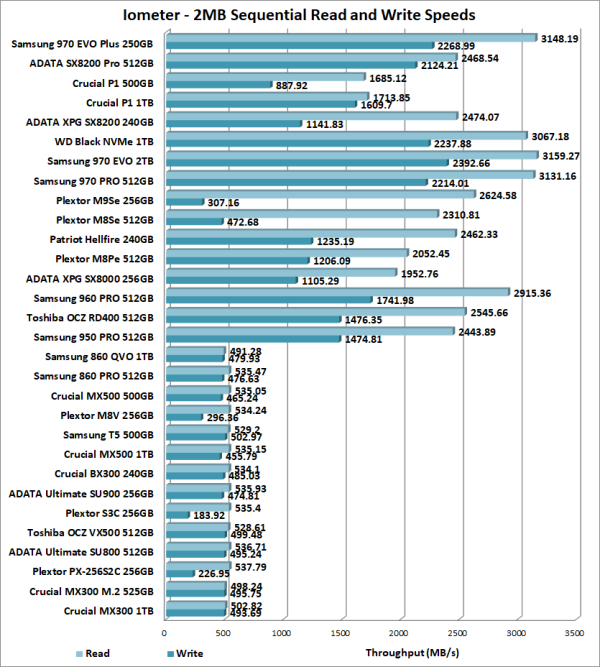
The 970 EVO Plus's performance was very similar to what we saw in our other tests. The drive was able to read at 3148.19 MB/s and write at 2268.99 MB/s.
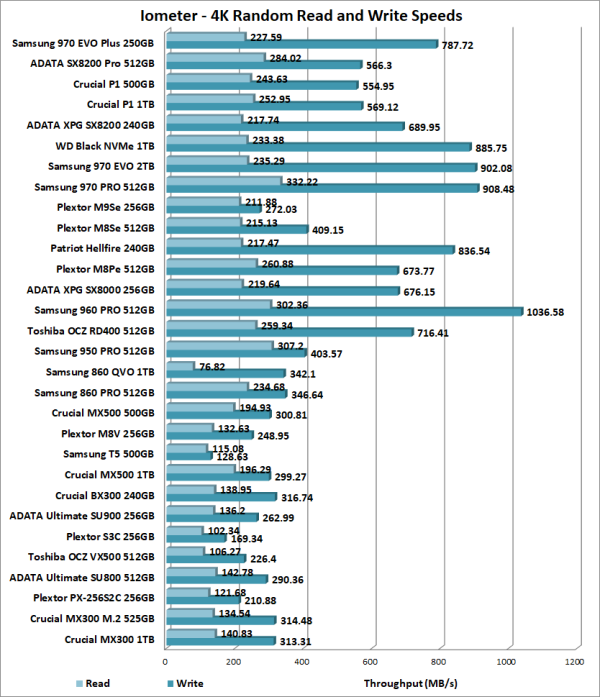
The 970 EVO Plus also performed very well when doing random reads and writes. In our tests, the drive was able to read at 227.59 MB/s and write at a blazing 787.72 MB/s.

According to Samsung, the 250GB 970 EVO Plus is capable of 250,000 IOPS when reading and 550,000 IOPS when writing 4K blocks. In our tests, the drive reached 58,267 random read IOPS and 201,657 random write IOPS. As with most drives, the 970 EVO Plus performed better at higher queue depths. With four threads and the queue depth set to 32, it reached 147,364 random read IOPS and 362,445 random write IOPS.
PCMark 8 - Storage Test:
PCMark 8 is a complete benchmark for Windows. It includes five benchmark tests, each designed around a specific scenario. The storage benchmark measures drive performance using real-world traces recorded from Adobe Creative Suite, Microsoft Office and a selection of popular games.

PCMark 8 also includes a consistency test which measures the performance consistency and degradation tendency of a storage system. The test reports the performance level at the start, the degraded steady-state and the recovered state as well as the number of iterations required to reach the degraded state and the recovered state. For this test, we are focusing on the Adobe Photoshop (Heavy) trace and will look at both the bandwidth and latency of the drive


The 970 EVO Plus did fairly well throughout PCMark's consistency test. While not as fast as the 970 PRO and 970 EVO, it performed better than the drives from Plextor, ADATA and Crucial during the degradation and steady state phases. The 970 EVO Plus's performance also increased during the recovery phase, topping out at about 1,291 MB/s.
TRIM Performance:
While SSDs offer many benefits, there are some downsides to using flash memory. One of the biggest issues people run into is performance degradation. Over time, an SSD will run out of fresh blocks and will have to write over data the file system has marked as deleted. This procedure is very complicated and can slow an SSD's write speeds considerably.
To fix this problem, most manufacturers have added TRIM support to their SSDs. The TRIM command allows an operating system, such as Windows 10, to tell an SSD which data blocks are no longer in use. Using this information, the drive pro-actively erases these blocks and adds them to the free block pool.

To test the 970 EVO Plus's TRIM and garbage collection functions, I first put the drive in a "dirty" state. I used Iometer to fill the entire drive and then ran a random write test for 30 minutes. Looking at the screenshot below, you can see that the 970 EVO Plus's average read and write speeds dropped to 726.1 MB/s and 140.0 MB/s, respectively.

Samsung 970 EVO Plus - Dirty
To see how well the 970 EVO Plus could recover, I let the computer sit for about 30 minutes and then reran the test. The drive wasn't able to reach the factory fresh performance shown in our earlier tests. However, its average read speed jumped up to 1750.2 MB/s.

Samsung 970 EVO Plus - After TRIM
Lastly, I used Parted Magic to perform a secure erase on the 970 EVO Plus. With the drive wiped clean, it had average read and write speeds of 1752.2 MB/s and 1290.5 MB/s, respectively.
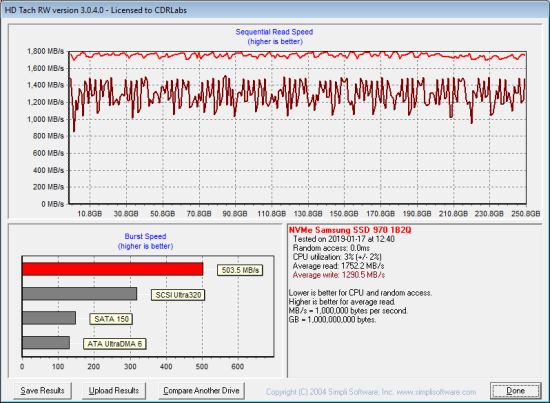
Samsung 970 EVO Plus - Secure Erased
Final Thoughts:
With the 970 EVO Plus, Samsung has once again set a new bar for high-performance storage. Designed for tech enthusiasts, gamers and IT professionals, this compact, M.2 form factor SSD is powered by the same Phoenix controller found in the 970 EVO and 970 PRO and is available with up to 2TB of Samsung's latest 3-bit MLC V-NAND flash. Combine this with an optimized firmware and a PCIe Gen3 x4 NVMe 1.3 interface and you have one of, if not the fastest, consumer NVMe SSDs on the market today. The 250GB version of the 970 EVO Plus flew through our sequential transfer rate tests, reading at speeds as high as 3,574 MB/s and writing at more than 2,380 MB/s. The drive also did very well in our random write tests, producing more than 201,000 IOPS at low queue depths.
Impressive performance isn't the only thing the 970 EVO Plus has to offer. Along with support for Samsung's Intelligent TurboWrite technology, the drive features AES 256-bit full disk encryption and is compliant with both the TCG Opal 2.0 and IEEE 1667 specifications. The 970 EVO Plus also supports the L1.2 low-power standby mode, which extends the battery life of a device by reducing the drive's power consumption when it's not in use. To top it all off, the 970 EVO Plus is covered by a 5 year warranty with an endurance rating of up to 1,200 terabytes written (TBW) for the 2TB model.
The 970 EVO Plus is available now in 250GB, 500GB and 1TB capacities with the 2TB capacity version becoming available in mid-April. Manufacturer’s suggested retail prices start at $89.99.

Highs:
- PCIe 3.0 x4 interface with NVMe protocol
- Equipped with 9x-layer, 3-bit MLC V-NAND technology
- Available in 250GB, 500GB, 1TB and 2TB capacities
- Excellent sequential and random read and write speeds
- Performs equally well with compressible and incompressible data
- Small M.2 2280 form factor
- Large DRAM cache
- Supports TRIM and garbage collection
- AES 256-bit full disk encryption
- TCG Opal 2.0 and IEEE 1667 compliant
- Works with Samsung's Magician software
- 5 year warranty
Lows:
- Write speed drops considerably when SLC cache is full
